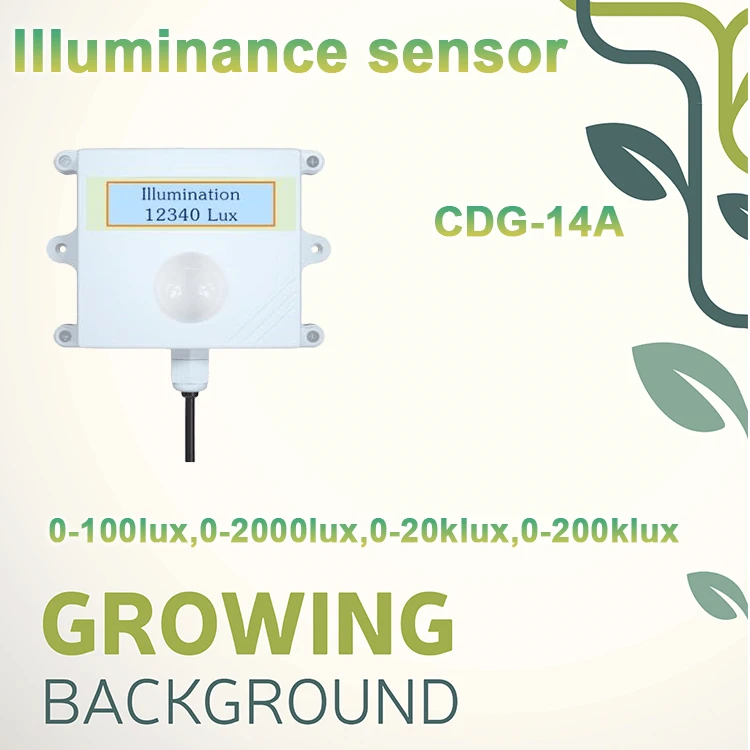Light Detector Sensor: A Comprehensive Guide to Its Applications and Functionality

# Light Detector Sensor: A Comprehensive Guide to Its Applications and Functionality
## Introduction to Light Detector Sensors
Light detector sensors are essential components in modern technology, enabling devices to measure and respond to light levels in various environments. These sensors convert light energy into electrical signals, allowing for precise detection and measurement of light intensity. From simple applications like automatic streetlights to complex industrial systems, light detector sensors play a crucial role in numerous fields.
## How Light Detector Sensors Work
Light detector sensors operate based on the principle of photoelectric effect. When photons strike the sensor’s surface, they excite electrons, generating an electrical current proportional to the light intensity. The most common types of light detectors include:
- Photodiodes
- Phototransistors
- Photoresistors (LDRs)
- Photovoltaic cells
Each type has unique characteristics that make it suitable for specific applications, ranging from high-speed optical communication to simple light-activated switches.
## Key Applications of Light Detector Sensors
1. Automatic Lighting Systems
One of the most widespread uses of light detector sensors is in automatic lighting control. These systems adjust indoor and outdoor lighting based on ambient light levels, improving energy efficiency and convenience.
2. Security Systems
Light sensors are integral components in security systems, detecting unauthorized entry by monitoring changes in light patterns or triggering alarms when light beams are interrupted.
3. Consumer Electronics
Modern smartphones, tablets, and laptops use light sensors to automatically adjust screen brightness according to ambient lighting conditions, enhancing user experience and conserving battery life.
4. Industrial Automation
In manufacturing environments, light detectors are used for quality control, object detection, and process monitoring, ensuring precise and efficient operations.
5. Environmental Monitoring
Light sensors help measure sunlight intensity in weather stations and agricultural systems, providing valuable data for climate studies and crop management.
## Choosing the Right Light Detector Sensor
When selecting a light detector sensor for your application, consider these important factors:
- Spectral response range
- Sensitivity and detection threshold
- Response time
- Operating temperature range
- Power requirements
- Physical size and mounting options
Understanding these parameters will help you choose the most suitable sensor for your specific needs, whether it’s for a simple DIY project or a sophisticated industrial application.
## Future Trends in Light Detection Technology
The field of light detection continues to evolve with advancements in materials science and nanotechnology. Emerging trends include:
- Development of ultra-sensitive quantum dot sensors
- Integration of AI for smarter light detection systems
- Miniaturization of sensors for wearable technology
- Improved energy harvesting capabilities
These innovations promise to expand the applications of light detector sensors while improving their performance and reliability.
## Conclusion
Light detector sensors are versatile components that bridge the physical world of light with electronic systems. Their ability to accurately measure and respond to light conditions makes them indispensable in countless applications across various industries. As technology advances, we can expect these sensors to become even more sophisticated, opening up new possibilities for automation, energy efficiency, and smart systems.
Whether you’re an engineer designing complex systems or a hobbyist working on a simple project, understanding light detector sensors and their capabilities will help you create more effective and efficient solutions
Keyword: light detector sensor